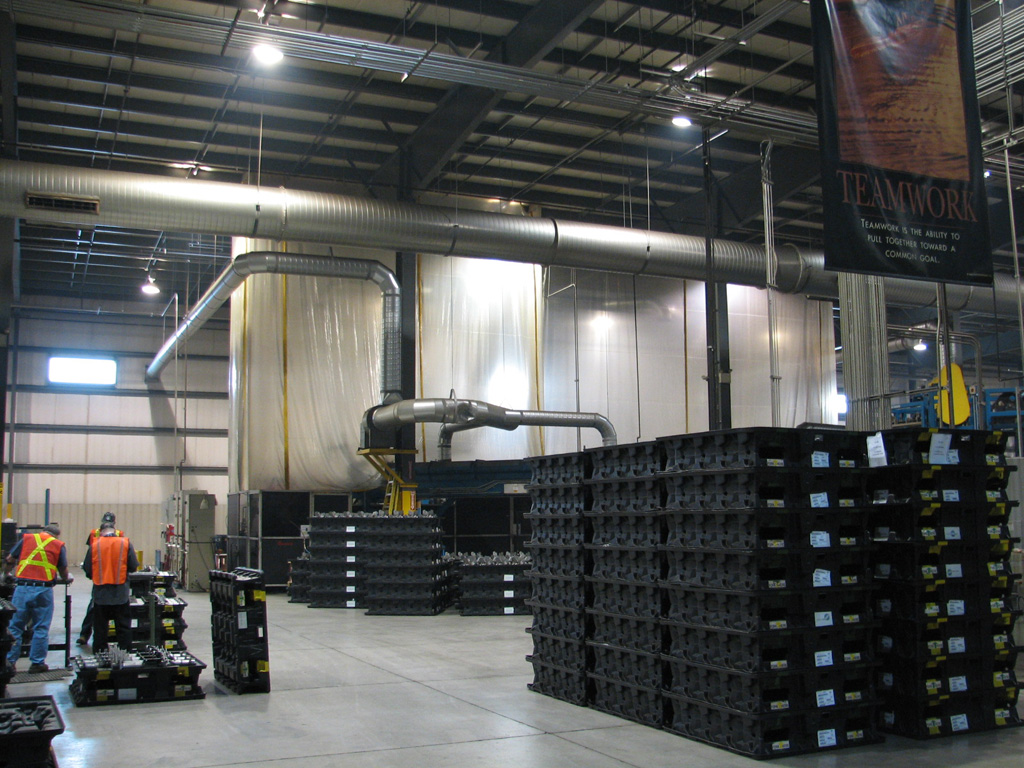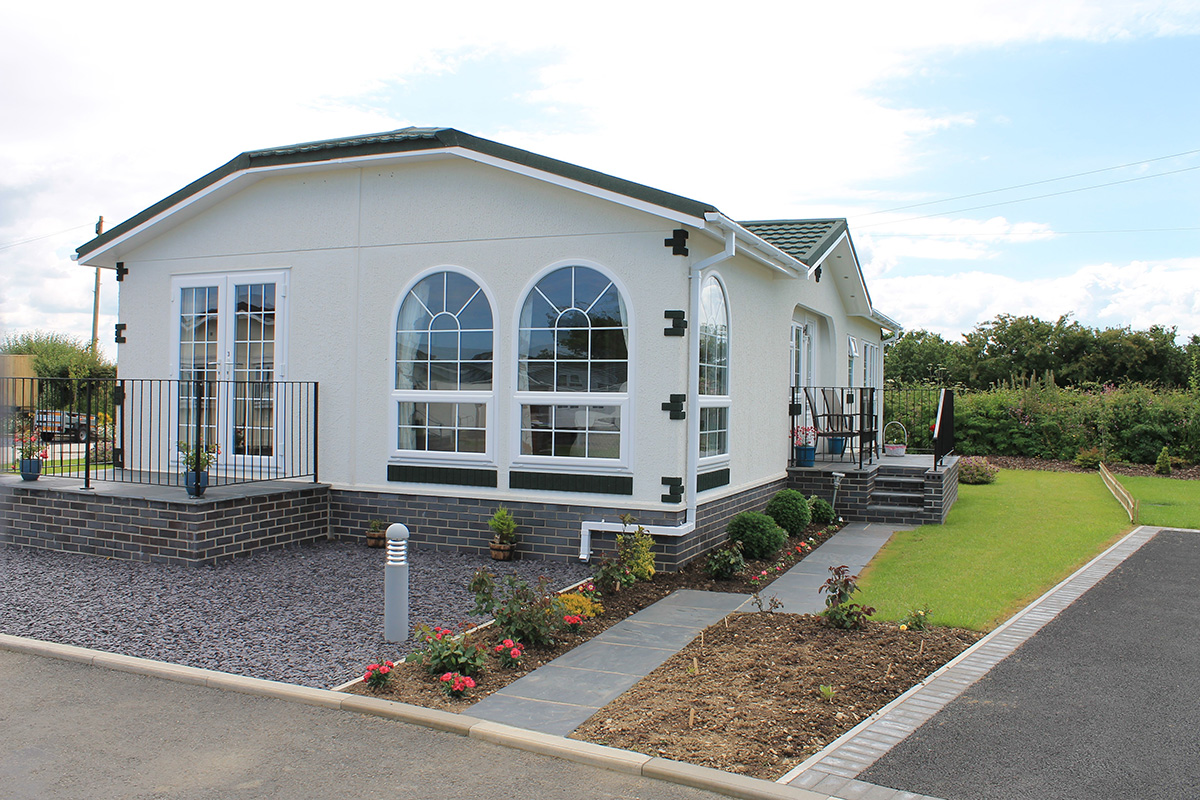
Today, ventilation systems are crucial to the home, schools, the workplace, and many buildings that we enter throughout our busy everyday lives. It’s often something we take for granted, especially in the heat of summer of the cold of winter. This dynamic field has machinery for both domestic ventilation, any sort of system that is used within households
; and industrial ventilation, used in nonresidential areas. The differences between these are the methods by which air is processed and regulated, and the indoor environments moderated.
The use of insulation has increased, to reduce heat loss from buildings, but this does not eliminate the need for air regulation. Not only do domestic ventilation systems cool or heat, but they also provide fresh air, replacing used air that has been sitting awhile. While simple air conditioners have been used for years (although the idea behind indoor temperature control has been around since the days of ancient Egypt, utilizing reeds and water), modern systems are composed of a control panel, where one may regulate the temperature through a touch-screen or a pattern of buttons; and the actual air distribution system, most likely in the form of vents.
Industrial ventilation systems take on a more complicated approach, as they have a larger area over which the cooling or heating must cover. When cooling an industrial working space, cooling towers are often employed: large, funnel-like structures that purge excess heat from the building, retaining cool air. Smaller areas use processes such as evaporative cooling or factory heating. Evaporative cooling uses a system in which hot and dry air is applied to a wet pad, and when the heat escapes it forms cold moisture that is then circulated through the building. Factory heating is a process that uses a boiler or heat generator (which uses water, as opposed to air) to distribute heat around the building, through a series of radiators.
Whether domestic or industrial, cooling and heating ventilation systems are an integral part to a technological and advanced society, exhibiting control over internal temperatures. These systems allow for comfort in the home, the school, and the workplace, leading to general increased efficiency. The variety of ways in which we can heat and cool allows for the systems to exist in dynamic contexts and locations, a sign of the sophistication of a technology that has come a long way.




